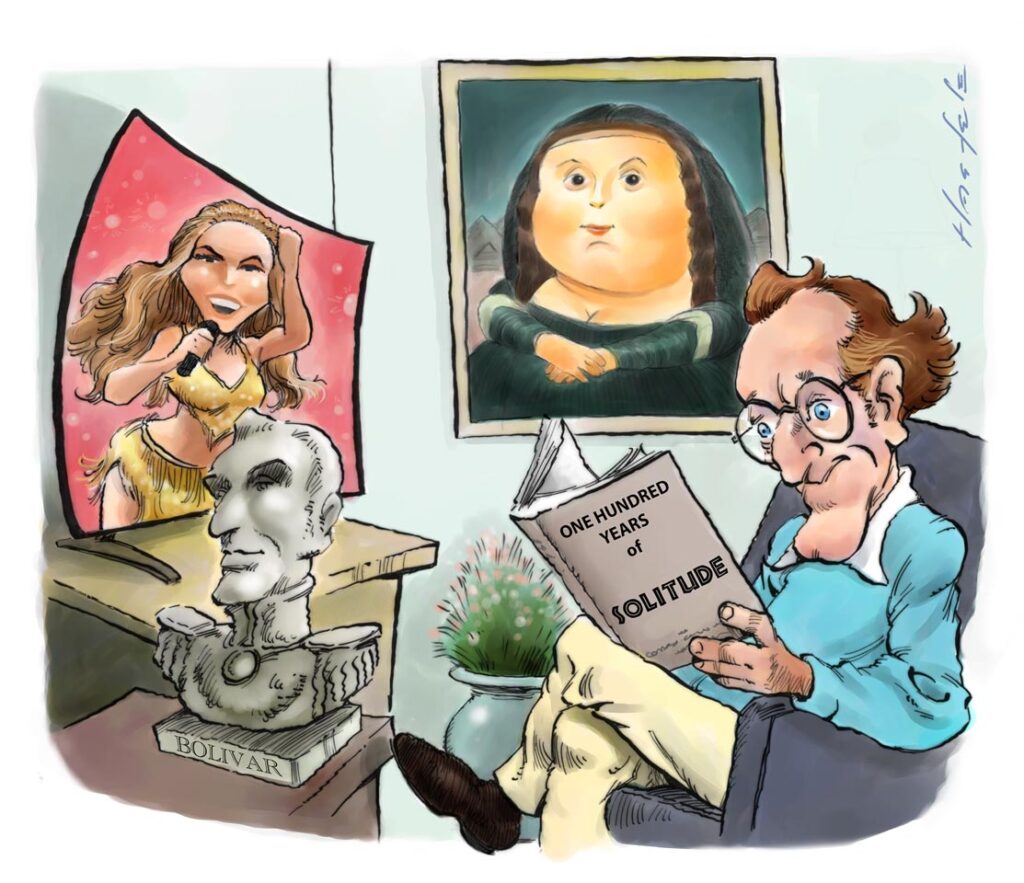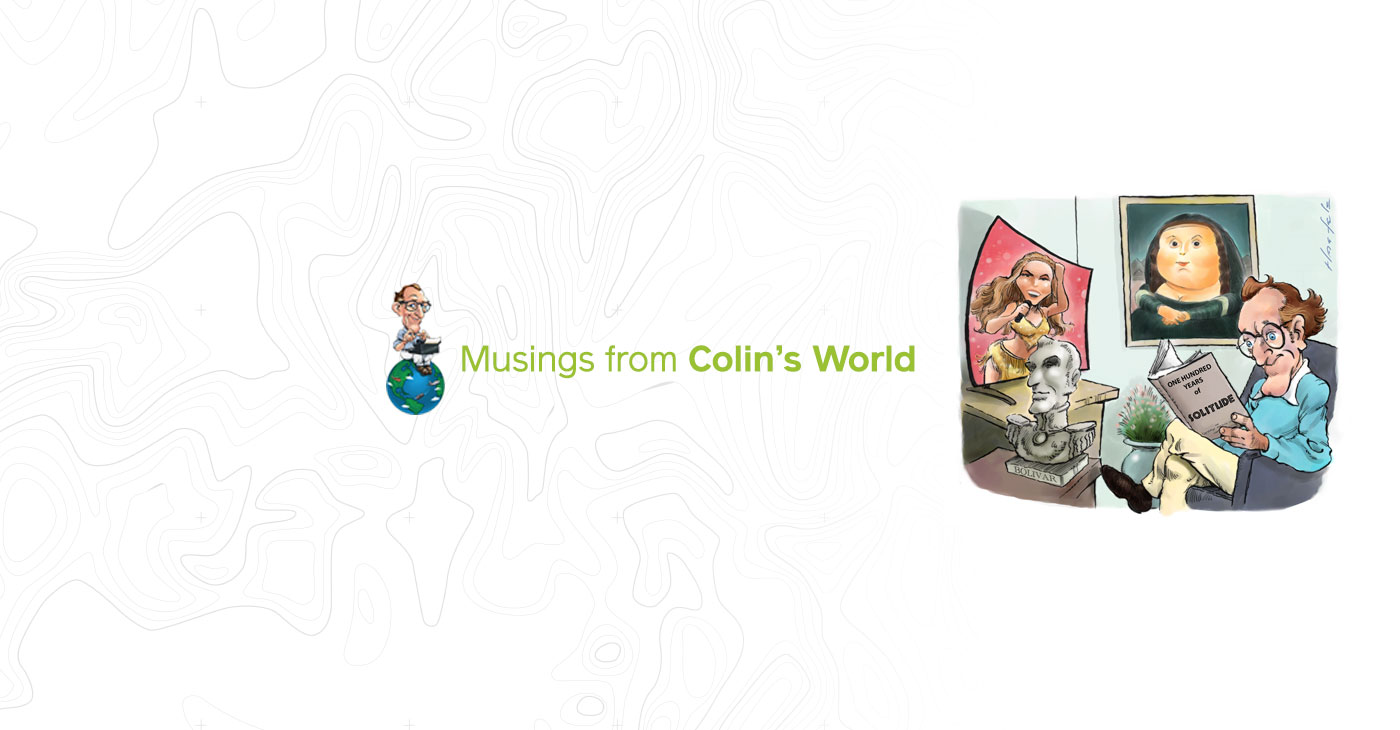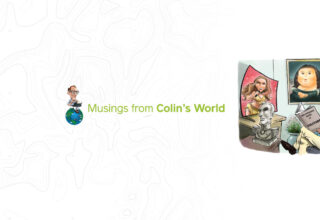Suddenly Colombia is a hot tourist destination. It has emerged as one of the places where everyone wants to go. Travel trends come and go, but why Colombia now? Partly, because it’s new and fresh. Colombia itself is not new, of course. It has a long and complicated history, which is a large part of why it’s such a compelling destination. It’s a place where many cultural forces have converged over centuries, then assimilating one another. All the cultural cross-pollination makes Colombia an extremely rich cultural landscape.
As a tourism destination, however, Colombia is new. In addition to incredible and diverse natural beauty, there’s the capital city of Bogota, with the largest collection of gold in the world; Zipaquirá, with its famous subterranean Salt Cathedral and pre-Columbian history; Medellin, known as the City of Eternal Spring for its temperate weather, and the home of the famous artist Fernando Botero; and the port city of Cartagena on Colombia’s Caribbean coast, with its colorful colonial buildings and tropical climate.
For decades Colombia was not on any tourism maps because of one form of conflict or another. Most of the news out of Colombia was about fights between drug cartels and the government. It didn’t sound like a place to go on vacation. And it really wasn’t during those years.
But in 2016, the Colombian government negotiated a peace agreement with FARC, The Revolutionary Armed Forces of Colombia. The treaty included amnesty for members of FARC, allowing them to reassimilate and become productive members of society. The compromise put an end to the kind of back-and-forth conflict that often keeps refueling itself in never-ending cycles. Colombia found a way to curtail the violence and move forward – and that allowed for the development of a tourism industry.
Now, eight years after the agreement, tourism is blossoming. A hospitality sector has taken shape. Being a tour guide is now a viable career for Colombians. It’s a beautiful thing when that happens, and you can witness an awakening. Tourism provides lifeblood to many countries; a friend of mine called it the “peace industry,” and I agree. It really does help countries lift themselves up.
So now Colombia is a star on the tourism map. Its unique features are available for the world to partake of and be enriched by. Travelers bring revenue that helps build the economy and tourism reaches all segments of society. For a traveler, that’s a bonus. Besides being enriched by the experience, you know you are helping people build their world. Having been through such trying times has something to do with the warm, soulful character with which Colombians greet you, and the spirit that floats out of the music you hear as you travel around the country.

Today there is a kind of renaissance in Colombia. Because of the years Colombia was offstage, its tourism experience is fresh. Because Colombia was behind a veil, in a sense, when I visited in 2015 I didn’t know much about it. But I find that whenever I arrive in a country, I am flooded with associations I’ve gathered throughout my life – previously submerged memories. It’s as if every connection I have ever had with it comes rushing to front of mind, drawn by the magnetism of the place.
When that happens, you realize you know more than you thought you knew. You find your connections to the place and it starts to feel like home. But no matter how much you have learned about it before you go, it’s always surprising when you get there. Nothing is ever quite what you expect.
Colombia has much in common with other Latin American countries, but each region has its own history and character. Colombia has the allure typical of Latin American countries: the bright colors, the soulful Latin music, vivacious art, dance and fashion, delicious foods, and joy of life. But it has its own unique character as well, based on its unique geography, history and economics.
You can’t take in all of Colombia in one trip, but you can get a snapshot of the range of its diversity. It’s the only South American country with both Pacific and Caribbean coastlines. It has the Andes Mountains, and a large piece of the Amazon rainforest. It packages all the main features of South America into one country. Though the equator runs through Colombia, the climate varies as much as its geographical features. The capital city, Bogota, 29th largest city in the world according to the UN, is on the high plateau of the Andes. That moderates the equatorial temperatures and makes it almost perfect for comfort and agricultural productivity. When you talk about Colombia, you are talking about multiple things.
Colombia’s size was one of the surprises for me. I had underestimated it, probably because how little a part it had played in my own experience. On the map, Colombia is next to Brazil, which dwarfs it. But Brazil is larger than the continental United States. California, the huge state that dominates the west coast of the U.S., is only 37 percent of the size of Colombia. It’s a vast area to explore.
Its geographical features are unique in many ways. It’s the northwest corner, the shoulder of the South American continent just south of Panama, the strip of land that connects North and South America. It’s the gateway. If you travel by land from North America, when you cross into South America you are in Colombia. It has borders with Panama, Venezuela, Brazil, Ecuador and Peru.
No matter how well you think you know geography, when you look at a map you come upon surprises. Since Colombia is on the west coast of South America, I had imagined that traveling from New York would require crossing North America to the western states and then heading south. But by air Colombia is straight south of New York. It’s actually closer to New York than California is. The flight to Bogota from New York is only about five and a half hours, to Cartagena it’s under five hours. But when you arrive, it’s another continent, an exotic culture.
Historically, the northwest corner of South America was inhabited by indigenous ethnic groups, such as the Muisca and the Tayrona people. It was discovered by the Spanish in 1499, and in 1525 Rodrigo de Bastidas founded the first European settlement in the area, Santa Marta, which is the oldest continuing city in Colombia and the second oldest in South America, after Quito, Ecuador.
Following the arrival of the Spanish, there was a collision and cultural cross-pollination of European cultures, over one hundred indigenous groups and, with slavery, African cultures. Those are the dominant threads that make up the ethnic tapestry of Colombia, and the foundation of the modern nation. It is a lively cross-cultural mix. Styles of music are similar to those of Cuba and Mexico, but with Colombia’s own flavor, with cumbia, meringue and rumba.
World-famous pop stars from Colombia include Shakira, the volcanic singer and dancer who had an international hit with “Hips Don’t Lie,” and Sofía Vergara, who played Gloria Delgado-Pritchett in the sitcom “Modern Family.”
Gabriel García Márquez, the Nobel Prize-winning author of One Hundred Years of Solitude is Colombian, though he spent much of his time in exile. His importance can hardly be overstated. His masterpiece is the third most translated Spanish book, has sold more than 50 million copies worldwide, was a favorite of presidents Clinton and Obama, and is credited by literary figures as being the book that gave Latin America its identity. The legacy of Márquez is all over Colombia, in Bogota, Medellin and Cartagena.
Fernando Botero, the great Colombian painter and sculptor who died last September, made a mark on the world with massive sculptures that appear in public spaces all over the globe, including Berlin, Paris, New York, Madrid, Seattle and Singapore.
Simón Bolívar, El Libertador, the great general who liberated six Latin American countries from Spanish rule, was born in Venezuela, but has a lot of history in Colombia.
And that’s just a taste of what awaits in dear Colombia.
Your Humble Reporter
Colin Treadwell

